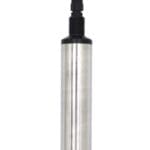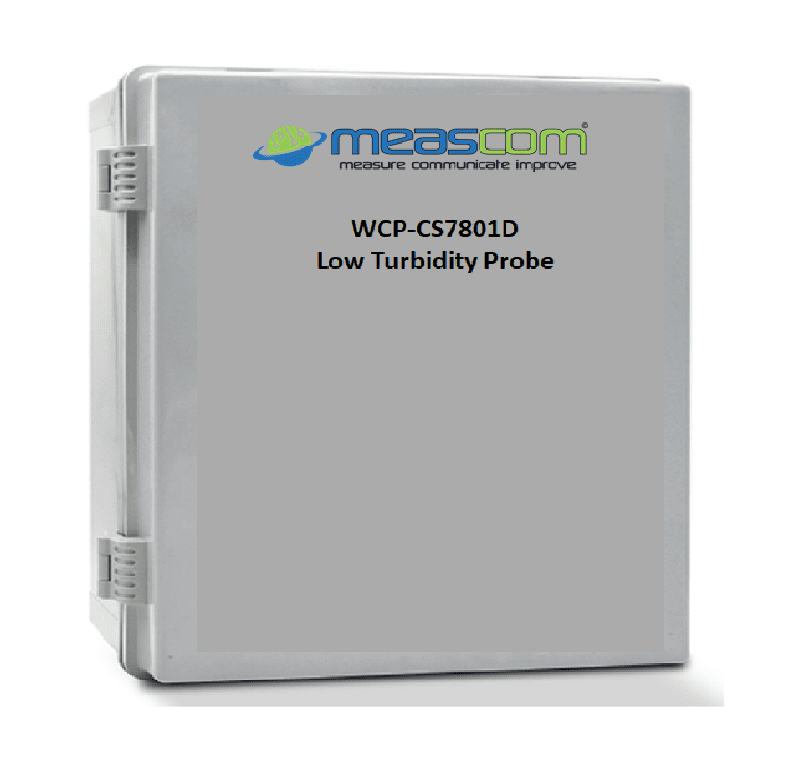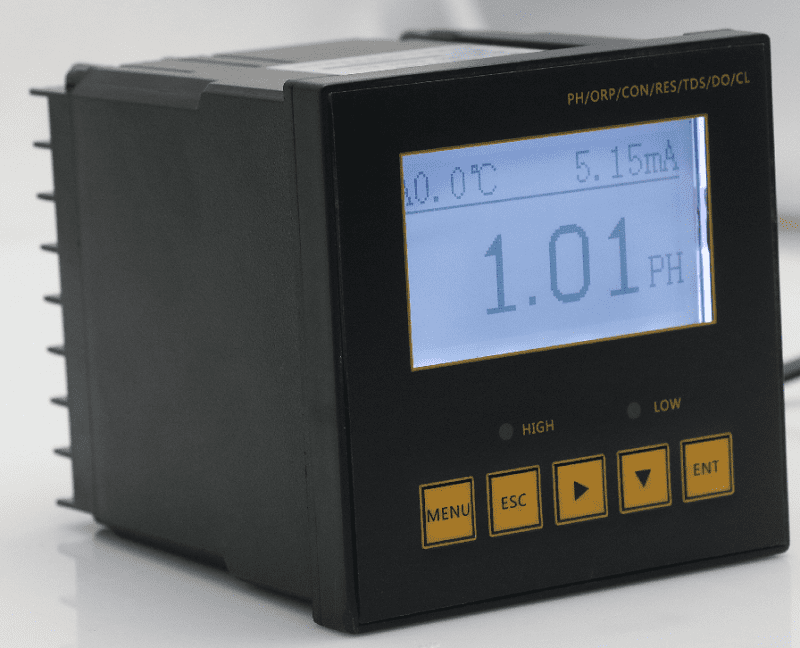
WCP-CS7832D Digital Turbidity Probe. Infrared 135° Beam
September 9, 2019
WCP-CS7801D Low Turbidity Digital Sensor
September 9, 2019WCP-CS7800D Low Turbidity Digital Sensor
$2,646.00 exc GST
Available on back-order
The WCP-CS7800D is a low turbidity sensor designed for clean water applications. It includes a sampling system so that the monitored water is constantly running through a sensor cell. The sensor connects to the RS485 communications port on the WCM-T6075 monitor/controller
Typical application:
Turbidity monitoring of water from waterworks, water quality monitoring of municipal pipeline network;
Industrial process water quality monitoring, circulating cooling water, activated carbon filter effluent, membrane filtration effluent, etc.
Technical parameters:
- Measurement range:
- Turbidity:0.01-20 NTU: 0.1-200.00 NTU
- Temperature:0-50.0℃;
- Communication output: RS485 MODBUS RTU;
- Power supply:9-36 VDC;
- Dimensions:400×300×170 mm;
- Installation: wall mounting ; matching with the filter tank;
- Waterproof rating: IP65
- Weight: 5.0 kg
About Low Turbidity Digital Sensors
Low turbidity digital sensors with sampling capabilities are a crucial tool in water quality monitoring and environmental research. These sensors are designed to accurately measure the clarity of water by detecting the presence of suspended particles that can cause turbidity. By utilizing advanced technology and algorithms, these sensors can provide real-time data on water quality, allowing for timely interventions and decision-making.
One of the key advantages of low turbidity digital sensors with sampling capabilities is their ability to collect data at regular intervals, providing a comprehensive picture of water quality trends over time. This continuous monitoring allows researchers and environmental professionals to identify changes in turbidity levels and potential sources of contamination, leading to more effective management strategies.
Furthermore, the sampling capabilities of these sensors enable users to gather water samples for further analysis, ensuring the accuracy and reliability of the data collected. By combining real-time measurements with laboratory analysis, researchers can gain a deeper understanding of water quality parameters and make informed decisions to protect our water resources.


